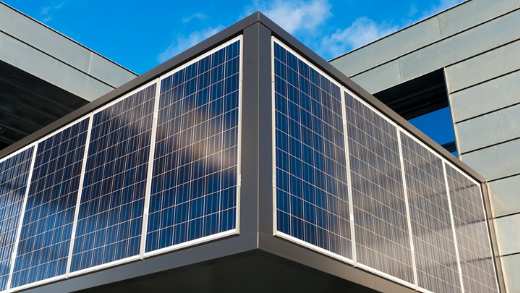By investing in climate-aligned real assets, defined-contribution pension schemes can help propel the transition while also benefiting from portfolio diversification and attractive risk-adjusted returns, says Mark Meiklejon.
UK regulators and policymakers are increasingly keen to channel private-sector capital into infrastructure and other long-term projects designed to boost economic growth. In this environment, there are opportunities for the trustees of defined-contribution (DC) pension schemes to begin offering their clients access to real assets.
Investing directly in real assets has historically been the preserve of large institutional investors, which are typically able to commit large amounts of capital to a single investment. These investors also usually provide patient capital, which means they recognise the illiquidity inherent in the asset class and are accepting of the long-term nature of investments to deliver additional investment returns.
Evidence suggests that while the market is still nascent, most DC pension schemes have been underinvested in this area, with default strategies overwhelmingly favouring lower-cost equity and bond funds.
There are several arguments for DC schemes to increase allocations to real assets, since they offer many characteristics that set them apart from public-market investments and offer some distinct advantages in a diversified portfolio.
They help diversify members’ exposure to public markets and offer the potential for attractive long-term returns, capturing illiquidity premia. Moreover, in some cases, they offer the only means of gaining pure exposure to sectors such as life sciences, renewable energy, and social housing, areas with strong growth potential that enable members to feel more connected to their capital.
DC schemes can play their part in helping accelerate the transition to a carbon-neutral economy
By investing in real assets, DC schemes can also play their part in helping accelerate the transition to a carbon-neutral economy, and not just by investing in renewables, but via other investments too, notably real estate and direct natural capital investments.
After all, the built environment is a major contributor to climate change, with around 37 per cent of global carbon emissions associated with the construction and maintenance of buildings.1
Inefficient, carbon-intensive assets are likely to be affected by new green regulations and shifting demand patterns over the coming years. They may also be vulnerable to the physical risks of climate change, from extreme heat to floods and wildfires.
Aviva Investors’ Climate Transition Real Assets strategy aims to mitigate specific risks and take advantage of the opportunities associated with the climate transition while also realising key financial outcomes for clients in the form of diversification, illiquidity premia and uncorrelated returns. We can do this by proactively decarbonising existing assets; acquiring and developing new, climate-friendly real estate; developing new infrastructure assets, including socially beneficial assets like fibre broadband and electric vehicle (EV) charging networks; and by identifying opportunities to capture carbon via nature-based solutions.
Download “Building better: Opportunities for DC schemes to invest in the climate transition through real assets” to understand:
- Some of the main benefits real assets have to offer defined contribution pension schemes.
- The limitations of strategies focused solely on public markets.
- The role real asset investments have to play in helping tackle climate change.




















